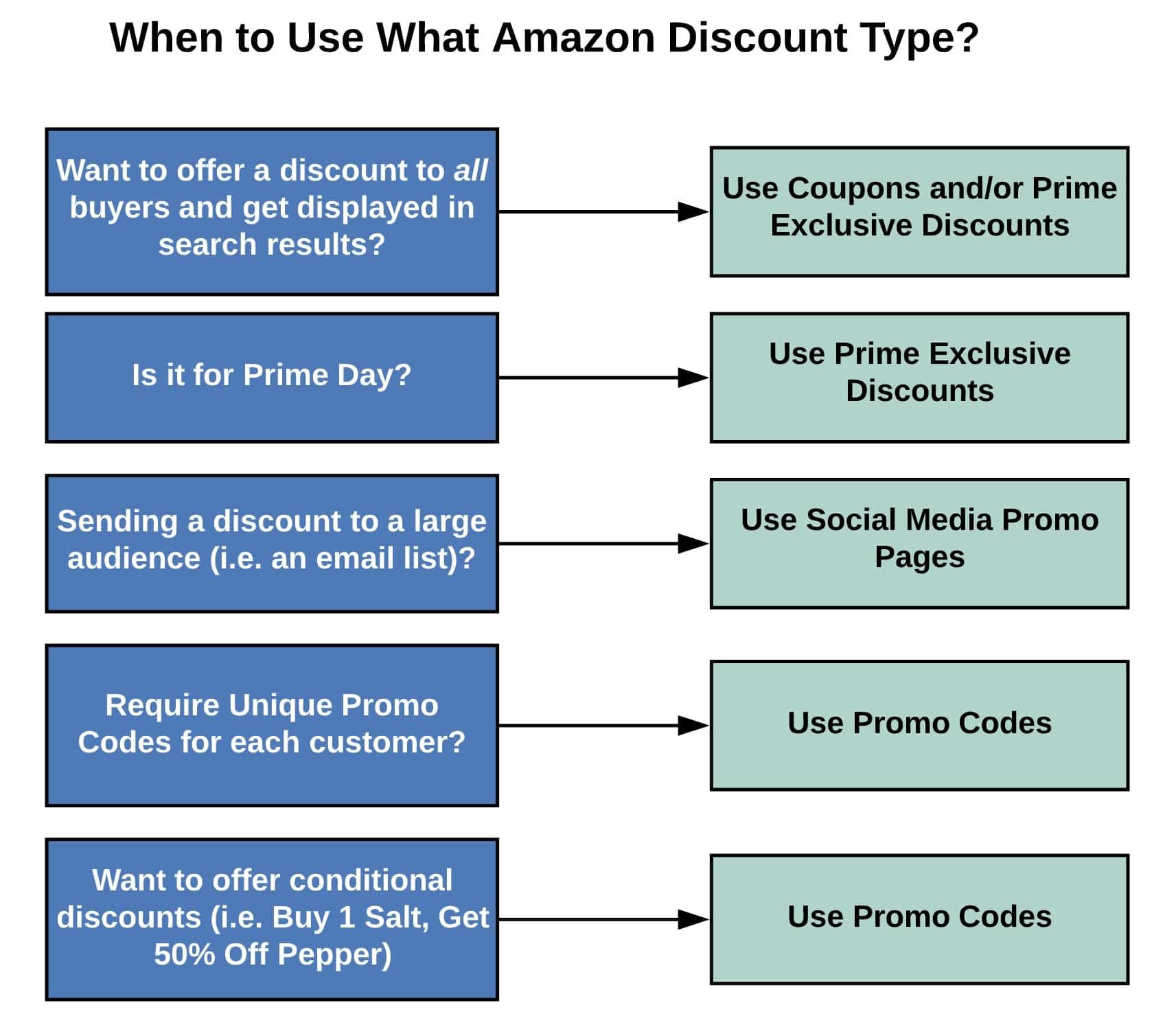Amazon Seller Promotions and Coupon Codes [Guide]
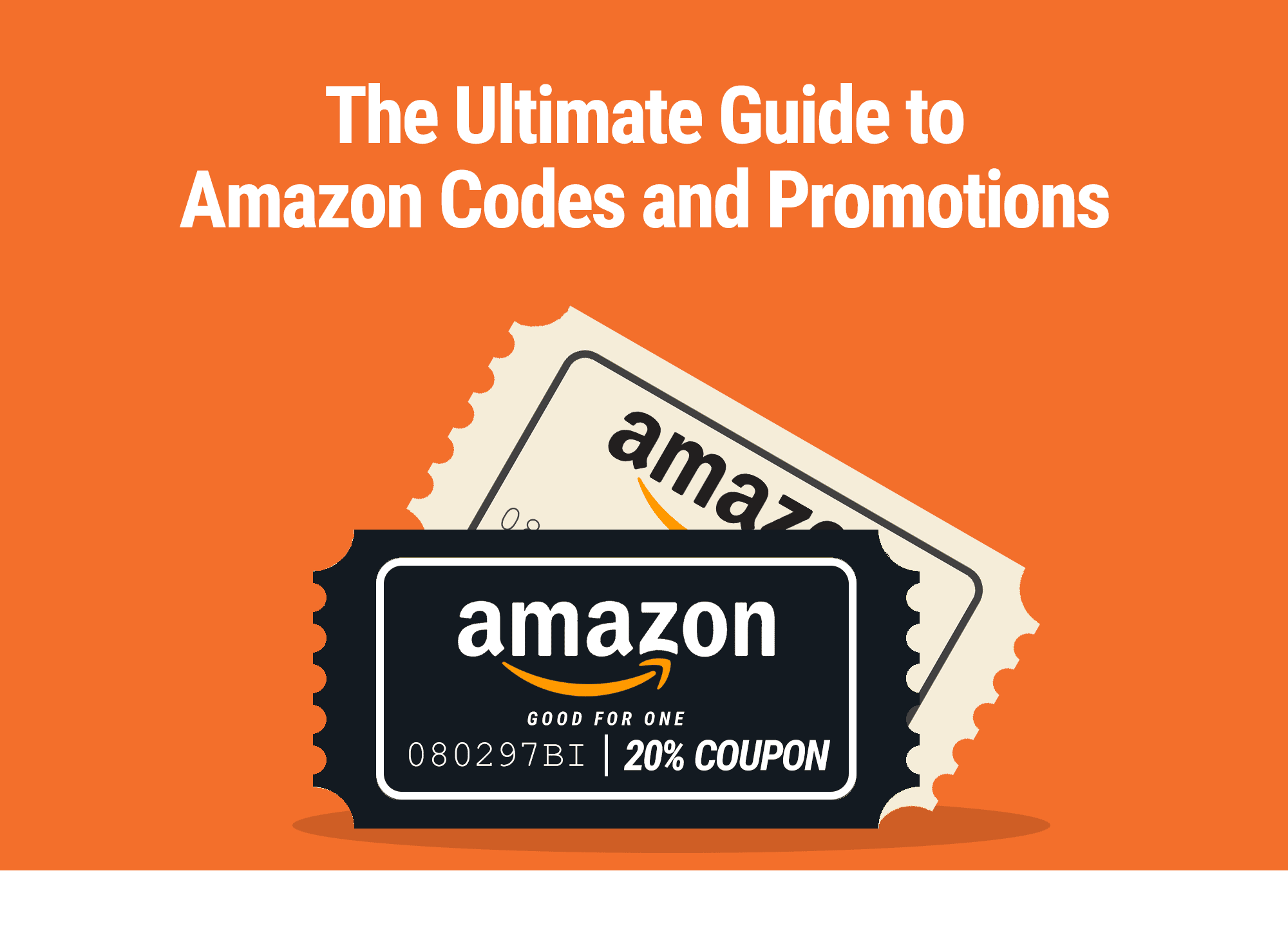
Amazon has a ton of different discount and promotional tools for sellers. Everything from Prime-exclusive Amazon discounts to Social Media Promo Codes and Coupons to Promo Codes.
While each tool we'll cover here is free (aside from the price discount you need to use), which among them is the most effective? In this article, we'll break down what the most effective discounting and deal type is on Amazon and when you should use it.
If you are you an Amazon Shopper looking for free & discounted products check out this guide instead.
Amazon Promo Codes or Percentage Off Discounts
Promo Codes, also known as Discount Codes or Percentage Discounts, are simply promotional codes customers can use to get a certain percentage of money off of their listings. These are quite different from Coupons (see below) in the fact the user needs to copy a Special Promo Code in order to use it (a Coupon is simply clicked).

Promo Codes are popular for off-Amazon advertising campaigns. Think Messenger campaigns, insert cards, etc. You incentivize people with a discount code through some type of ad to go purchase on Amazon.
Promo Codes can be powerful because you have the ability to simply have one promo code for everyone, have multiple Promo Codes (i.e., a unique code that you send people through something like a Messenger campaign) or simply no code at all. Promo Codes can also be dangerous – the internet is rife with stories of sellers accidentally selling through large swaths of inventory because of accidentally posting a large percentage of Coupon Codes publicly and/or it going viral.
The major downside of Promo Codes is they do not help your CTR (click-through-ratio) at all on search pages as the promo code is only visible, at most, on a small section of the product detail page.
How to access Amazon Promotions: Seller Central -> Advertising -> Promotions
Amazon Promo Code Pros
- Can be used for off-Amazon marketing (e.g., Messenger campaigns)
- Can offer multiple Promo Codes for one product
- Can offer single-use Promo Codes
Amazon Promo Code Cons
- They don't appear in search results and therefore don't help CTRs
- Can be dangerous if incorrect percentages are used
- Annoying to set up
How to see what promotions have been claimed
One of the things that Amazon does not allow you to see easily is how many promo codes have been redeemed.
The secret is to go to Seller Central -> FBA Reports -> All Orders
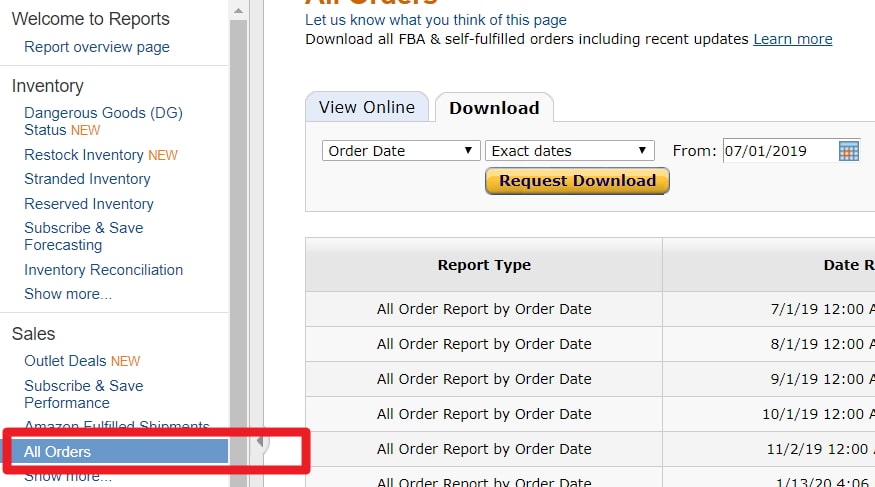
From there, you can download a list of your orders. With the downloaded text file (Pro-tip: Open the .txt file in Excel) you can see all your promotion amounts that have been redeemed. Unfortunately, it does not list which Promo Code was used.
Amazon Brand Tailored Discounts
In summer of 2023 Amazon rolled out something called Amazon Brand Tailored Discounts.
Brand Tailored Discounts allow you to selectively offer discounts to some customers, such as cart abandoners, but not all customers.
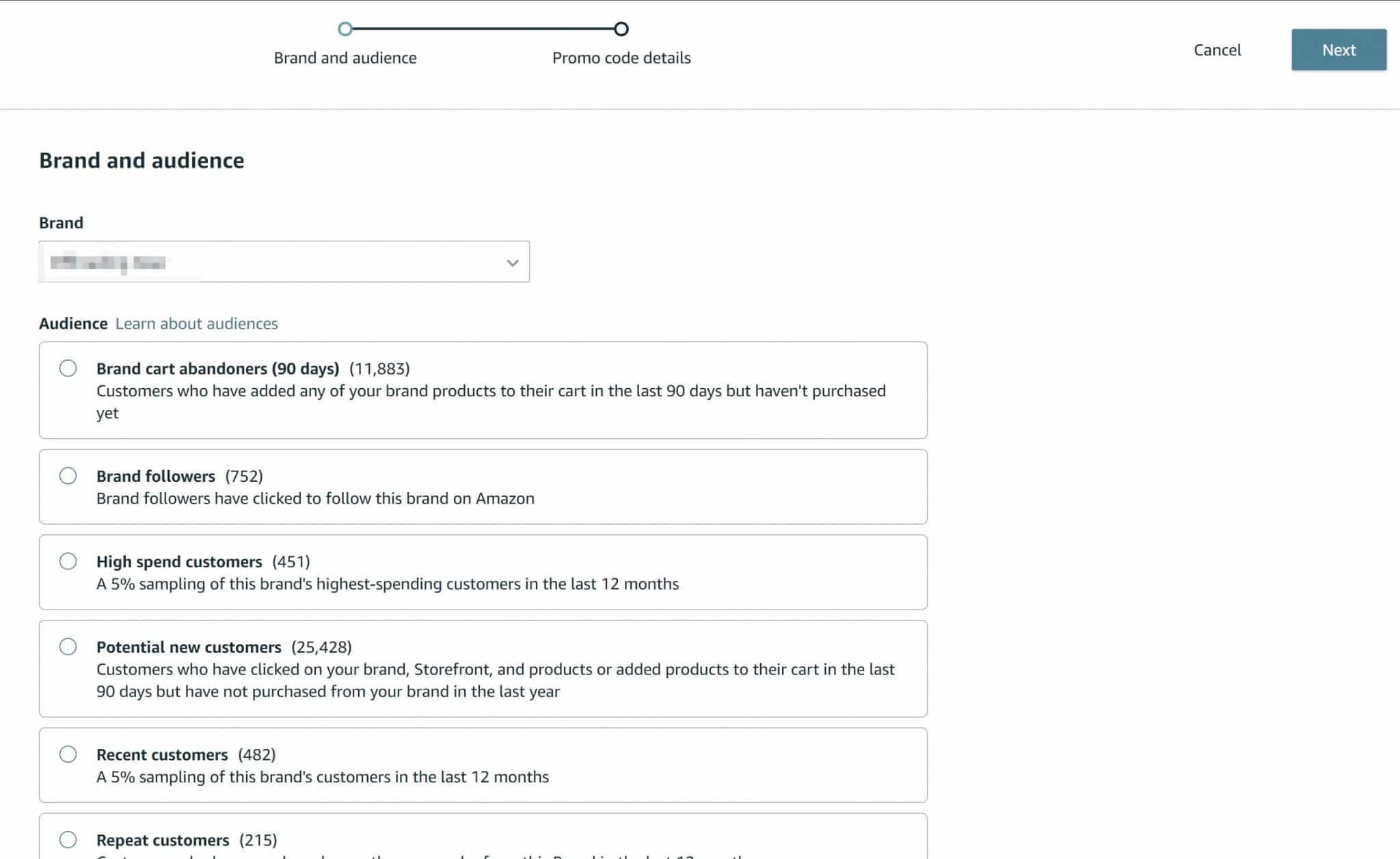
How to Access Amazon Brand Tailored Discounts: Advertising-> Brand Tailored Promotions.
Amazon Brand Tailored Promos Pros
- Selectively offer discounts to [em]some[/em] customers but not all
- Free
- Shows up in search results (for those targeted)
Amazon Brand Tailored Promos Pros
- Can only be scheduled for three months at a time
- Requires 10% discount
- No ability to target by product
Amazon Coupon Codes
Amazon Coupon Codes are a dollar discount that you give to customers. These will appear in search results and on product detail pages.
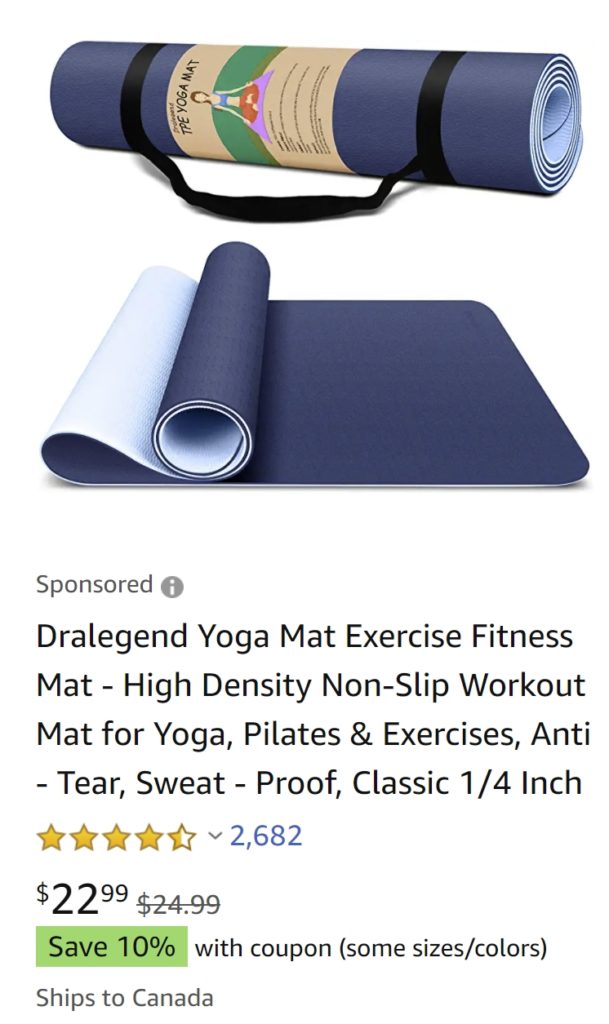
They're also displayed on product detail pages but they must be “clipped” before the discount is applied (and many people do not actually clip these Coupons).
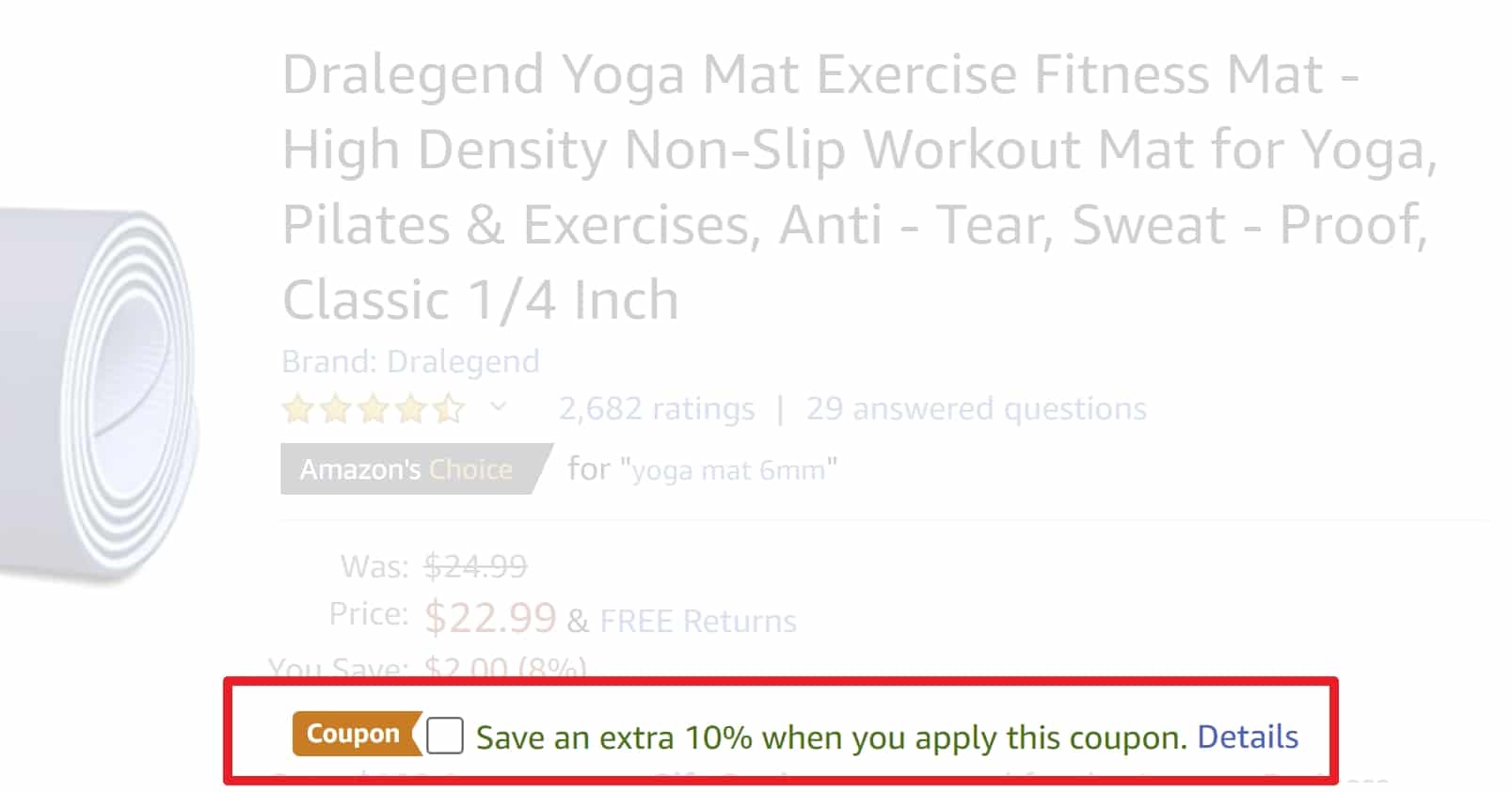
The fact that Coupon codes get displayed on search results pages can have a positive impact on CTRs.
Coupon codes need to be between 5% to 80% off your current price.
How to Use Amazon Coupons: Seller Central -> Advertising -> Coupons
Amazon Coupon Pros
- Are displayed on search results pages, potentially helping CTRs
- Can be as low as 5% off your current price (and up to a maximum of 80%)
- Needs to be “clipped” to be redeemed (many people won't do this)
Amazon Coupon Cons
- Can only be scheduled for three months at a time
- Visible to everyone (no way to selectively give them to specific customers)
Amazon Social Media Promo Codes
Social Media Promo Codes (perhaps the most poorly named tool on Seller Central) allow you to create landing pages for either just one product or a group of products with a pre-applied discount.
Here’s an example of the page that users will be directed to. This example page only contains one product but it could contain multiple products.
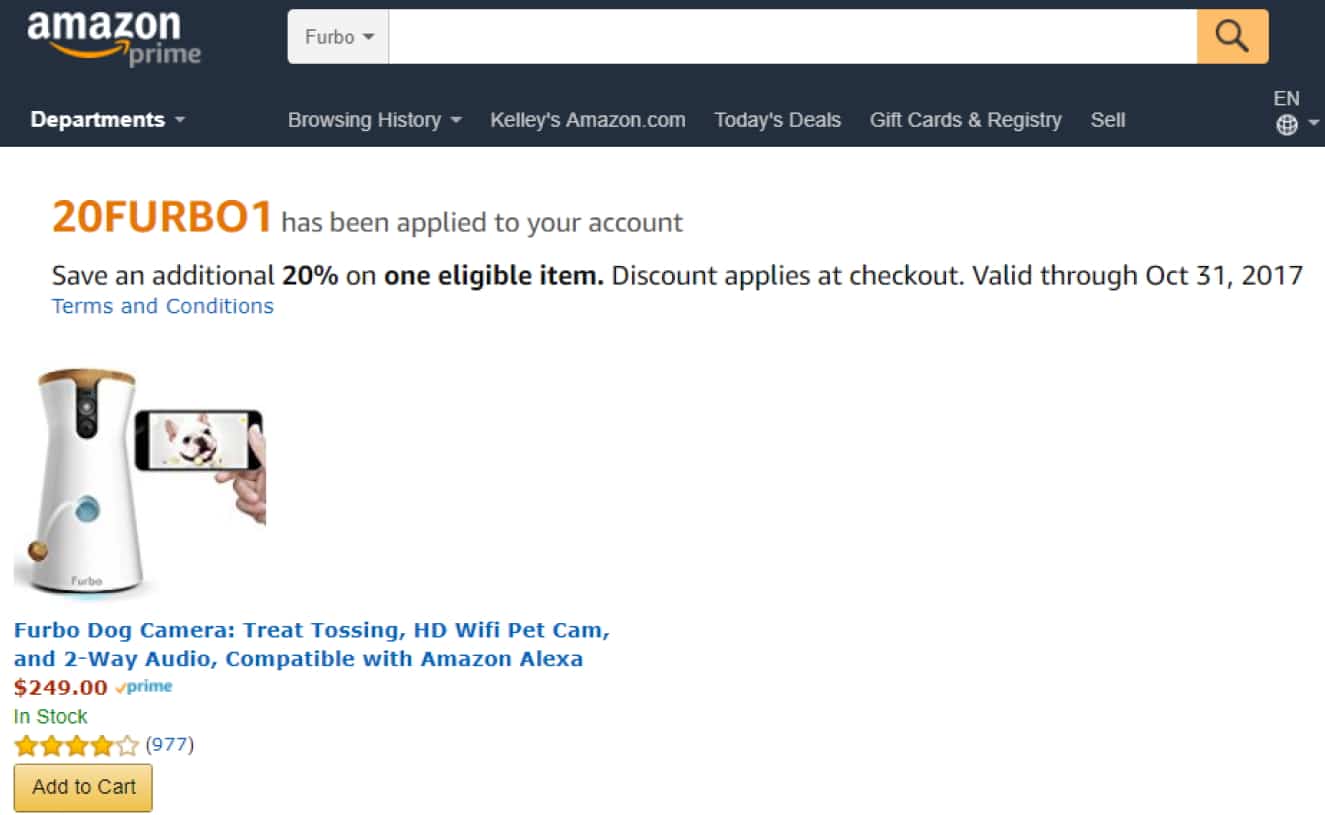
You simply select a discount for one or more products and you'll get a special URL that you can send customers to. The setup of Amazon discounts is similar to Promo Codes.
Social media promo codes are my favorite way to offer Amazon discounts to a group of customers. They're easier to use than a Promo Code and you avoid sending traffic directly to your product detail page. This could be positive for your overall conversion rate because it lessens poorly qualified traffic to your product detail page.
How to Use Social Media Promo Codes: Seller Central -> Promotions -> Social Media Promo Code
Amazon Social Media Promo Codes Pros
- Customers go to a separate landing page and not your product detail page (which reduces chances of hurting your conversion rate)
- Can be used for multiple products
- You get a unique URL that's easy to share
- Promo Code is automatically applied
- Promo Code is only visible to those who know the URL (i.e., it is not visible to all customers like coupons are)
Amazon Social Media Promo Codes Cons
- Doesn't appear in search results and therefore doesn't help CTRs
- Only valid for 30 days
Amazon Customer Engagement Emails
Sellers often gripe at the inability to engage with customers directly on Amazon, let alone email them. Well, in 2022 this changed when Amazon allowed sellers to kind of email customers via Customer Engagement Emails.
The big catch to sending these emails is that you can only email followers of your brand and you can only use one of Amazon's pre-defined templates. The major barrier for most people will be the fact that the number of brand followers they have will be relatively small (we had no more than ~1000 followers for any one of our brands).
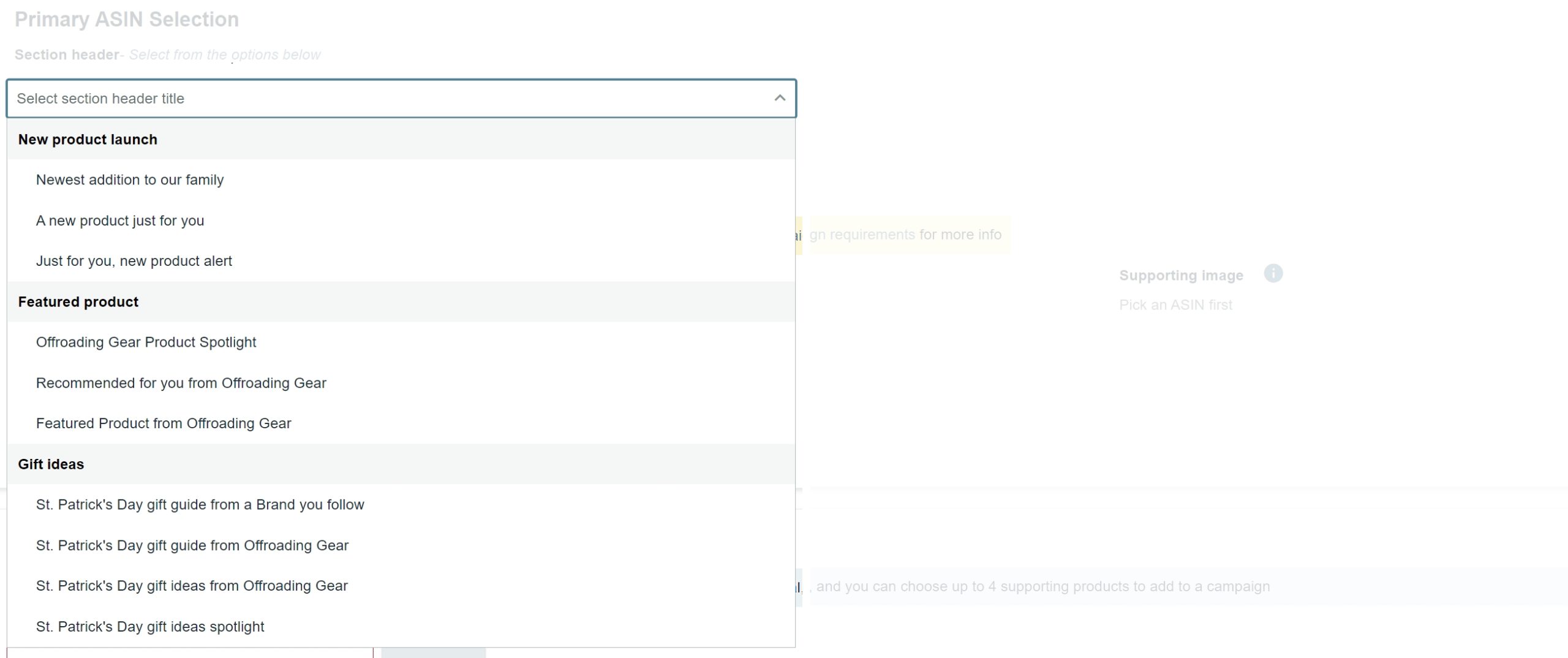
Amazon Customer Engagement Email Pros
- Allows you to [em]kind of[/em] email customers
- Free
- Can target individual products
Amazon Customer Engagement Email Pros
- Can only target followers of your brand
- Low efficacy
- Need to continuously set up campaigns
Amazon Prime Exclusive Discounts
Prime Exclusive Amazon Discounts are discounts given for—you guessed it—Prime members only.
Prime Exclusive Amazon Discounts show up for all Prime members. Like coupons, they get displayed in search results, normally as strikethrough pricing plus a savings message. On Prime Day, they're also eligible for an additional badge.
Prime Exclusive Amazon Discounts are most effective during Prime Day when you can get some more prominent display not just in search results but also on a special section of Amazon.
Prime Exclusive Deals are a bit of a pain to set up and require using an Excel template (Inventory Loader).
Prime Exclusive Amazon Discounts Pros
- Shows strikethrough pricing plus a savings message in the search results and in the buy box, potentially helping CTRs and conversion rates
- Additional badge displayed during Prime Day
Prime Exclusive Amazon Discounts Cons
- Discount must be between 10% to 80%
- Annoying Excel template (Inventory Loader) you need to use to activate deal
- Only valid for 60 days
What's the Best Amazon Discount Type?
There's no best for everything discount type on Amazon. Each one has its own use.
Here's a flow chart I developed for you to select the best discount type.
Conclusion
Amazon has developed a wide variety of tools for sellers to offer discounts on their products. This shouldn't be surprising. Amazon wants you to sell your products for less money.
Amazon discounts and sales have a place as sellers, but you also need to be careful not to be the loss leader when selling your products. In fact, if you're incorporating the above discount mechanisms perpetually in your listings (which many sellers do), I advocate baking these Amazon discounts into your costs. In other words, have artificially high prices to allow for more discounting.
What discounting tool do you use the most on Amazon: Promo Codes, Social Media Promo Pages, Prime Exclusive Amazon Discounts, or Coupons?

